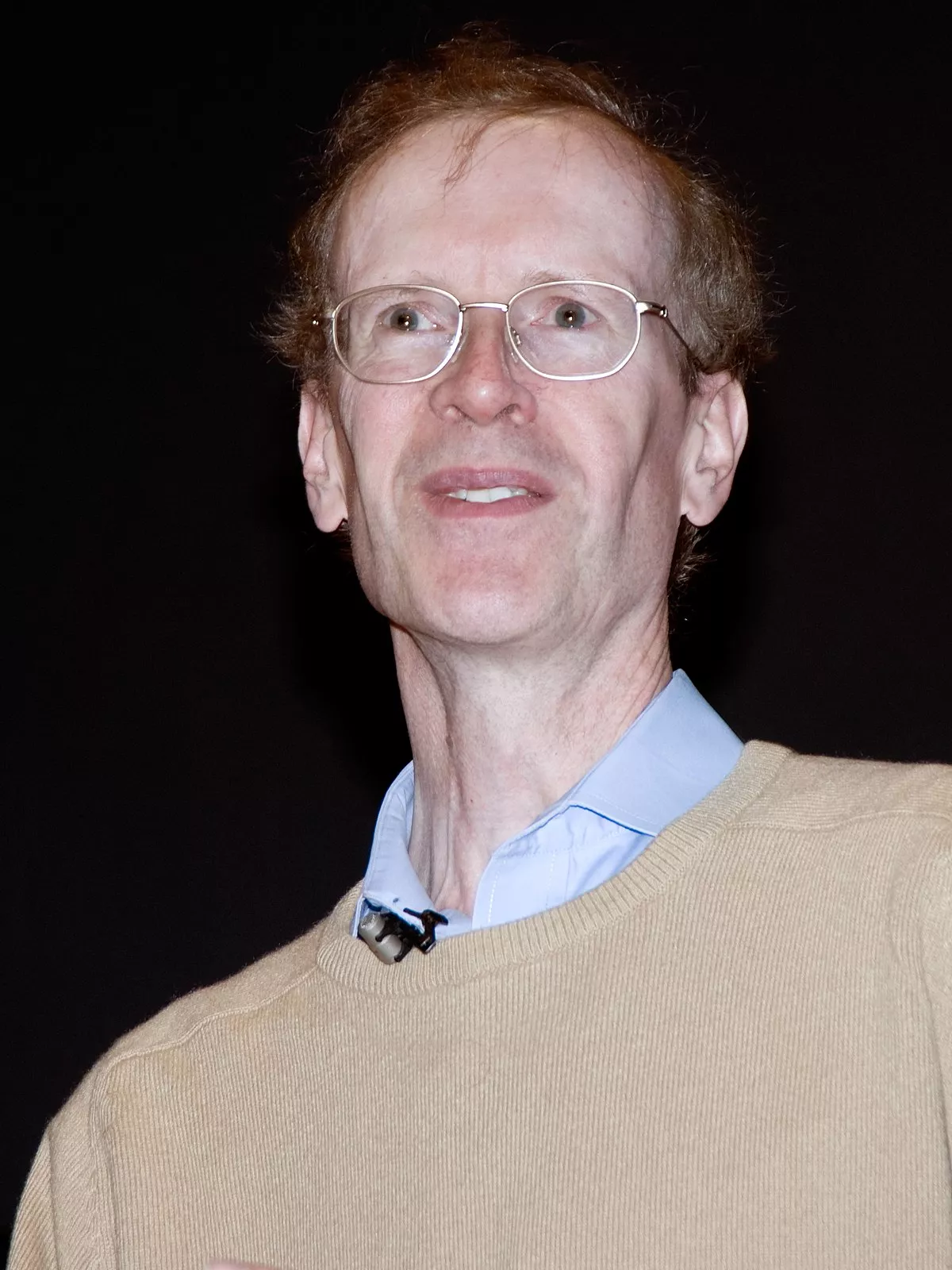 1.
1. Sir Andrew John Wiles was born on 11 April 1953 and is an English mathematician and a Royal Society Research Professor at the University of Oxford, specialising in number theory.

 1.
1. Sir Andrew John Wiles was born on 11 April 1953 and is an English mathematician and a Royal Society Research Professor at the University of Oxford, specialising in number theory.
Andrew Wiles is best known for proving Fermat's Last Theorem, for which he was awarded the 2016 Abel Prize and the 2017 Copley Medal and for which he was appointed a Knight Commander of the Order of the British Empire in 2000.
In 2018, Wiles was appointed the first Regius Professor of Mathematics at Oxford.
In 1986, upon reading Ken Ribet's seminal work on Fermat's Last Theorem, Andrew Wiles set out to prove the modularity theorem for semistable elliptic curves, which implied Fermat's Last Theorem.
In proving Fermat's Last Theorem, Andrew Wiles developed new tools for mathematicians to begin unifying disparate ideas and theorems.
Andrew Wiles began his formal schooling in Nigeria, while living there as a very young boy with his parents.
From that fact, Andrew Wiles himself concluded that in his earliest years, he was not enthusiastic about spending time in academic institutions.
Andrew Wiles attended King's College School, Cambridge, and The Leys School, Cambridge.
Andrew Wiles told WGBH-TV in 1999 that he came across Fermat's Last Theorem on his way home from school when he was 10 years old.
Andrew Wiles stopped at his local library where he found a book The Last Problem, by Eric Temple Bell, about the theorem.
In 1974, Andrew Wiles earned his bachelor's degree in mathematics at Merton College, Oxford.
Andrew Wiles further worked with Barry Mazur on the main conjecture of Iwasawa theory over the rational numbers, and soon afterward, he generalised this result to totally real fields.
In 1980, Andrew Wiles earned a PhD while at Clare College, Cambridge.
From 1988 to 1990, Andrew Wiles was a Royal Society Research Professor at the University of Oxford, and then he returned to Princeton.
From 1994 to 2009, Andrew Wiles was a Eugene Higgins Professor at Princeton.
Andrew Wiles dedicated all of his research time to this problem for over six years in near-total secrecy, covering up his efforts by releasing prior work in small segments as separate papers and confiding only in his wife.
Andrew Wiles' research involved creating a proof by contradiction of Fermat's Last Theorem, which Ribet in his 1986 work had found to have an elliptic curve and thus an associated modular form if true.
Andrew Wiles proved that the conjecture applied to the special case known as the semistable elliptic curves to which Fermat's equation was tied.
Andrew Wiles gave a lecture a day on Monday, Tuesday and Wednesday with the title "Modular Forms, Elliptic Curves and Galois Representations".
Finally, at the end of his third lecture, Dr Andrew Wiles concluded that he had proved a general case of the Taniyama conjecture.
Andrew Wiles tried and failed for over a year to repair his proof.
Together with his former student Richard Taylor, Andrew Wiles published a second paper which contained the circumvention and thus completed the proof.
In 2011, Andrew Wiles rejoined the University of Oxford as Royal Society Research Professor.
In May 2018, Andrew Wiles was appointed Regius Professor of Mathematics at Oxford, the first in the university's history.
Andrew Wiles' work has been used in many fields of mathematics.
Andrew Wiles was interviewed for an episode of the BBC documentary series Horizon about Fermat's Last Theorem.
In 1988, Andrew Wiles was awarded the Junior Whitehead Prize of the London Mathematical Society.
In 1994, Andrew Wiles was elected member of the American Academy of Arts and Sciences.
Andrew Wiles was elected a Foreign Associate of the National Academy of Sciences and won an NAS Award in Mathematics from the National Academy of Sciences, the Royal Medal, and the Ostrowski Prize in 1996.
Andrew Wiles won the American Mathematical Society's Cole Prize, a MacArthur Fellowship, and the Wolfskehl Prize in 1997, and was elected member of the American Philosophical Society that year.
In 1998, Andrew Wiles was awarded a silver plaque from the International Mathematical Union recognising his achievements, in place of the Fields Medal, which is restricted to those under the age of 40.
That same year, he was awarded the King Faisal Prize along with the Clay Research Award in 1999, the year the asteroid 9999 Andrew Wiles was named after him.
In 2000, he was awarded Knight Commander of the Order of the British Empire In 2004 Andrew Wiles won the Premio Pitagora.